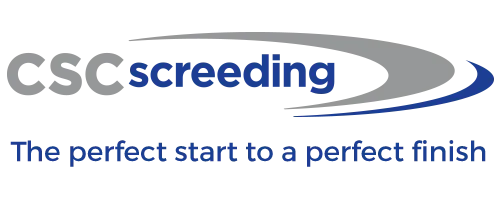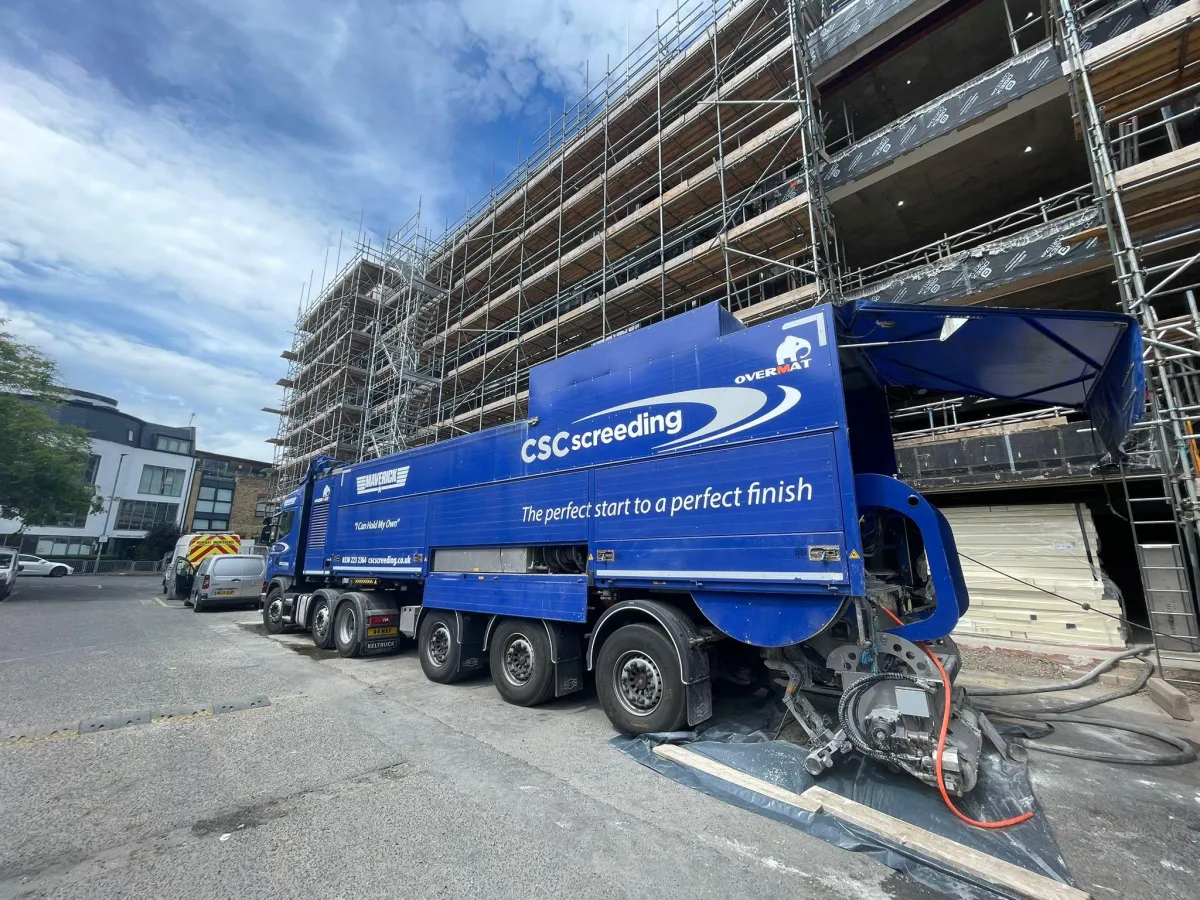

BLOG

Why Dust Still Catches Fit-Out Contractors Off Guard
Why Dust Still Catches Fit-Out Contractors Off Guard
Most fit-out teams plan for the obvious:
Access, deadlines, trade overlaps.
But dust? That’s the one that keeps slipping through.
With traditional screed methods, it creeps in at every stage:
Manual bag handling
On-site mixing
Late rubbing up
Cutting back laitance
It doesn’t take much.
One internal complaint, one change to site rules, and suddenly your method becomes a risk.
And when that happens, you’re looking at:
Cleaners brought in mid-shift
Productivity dropping
Operatives walking off
QA headaches all over the slab
All because the screed approach wasn’t built for a live, dust-sensitive site.
A shift in approach
More contractors are starting to rethink how they spec screed. Not because of cost, but because of control.
Dust isn’t just an H&S issue. It’s a programme problem.
On several recent projects, the planned method had to be scrapped late in the day. The only way to keep things moving was by using Maverick - our mobile screed system.
No manual handling.
No exposed mixing.
Just a clean, enclosed process with precise output and minimal disruption.
The dust problem? Removed at the source.
Programme delays? Avoided entirely.
It’s not about being clever. It’s about choosing the right method for the job.
Final thought
Dust rarely shows up in the RAMS.
But it’s more than capable of throwing a job off course.
If your current approach relies on last-minute clean-ups or crossing your fingers that no one raises it, it might be time to rethink.
Start with the right method, and the rest takes care of itself.












Phone
Address
Unit 2, Cherry Orchard Nursery,
Trenches Lane,
Slough, SL3 6DH
Unit 2, Cherry Orchard Nursery,
Trenches Lane, Slough, SL3 6DH